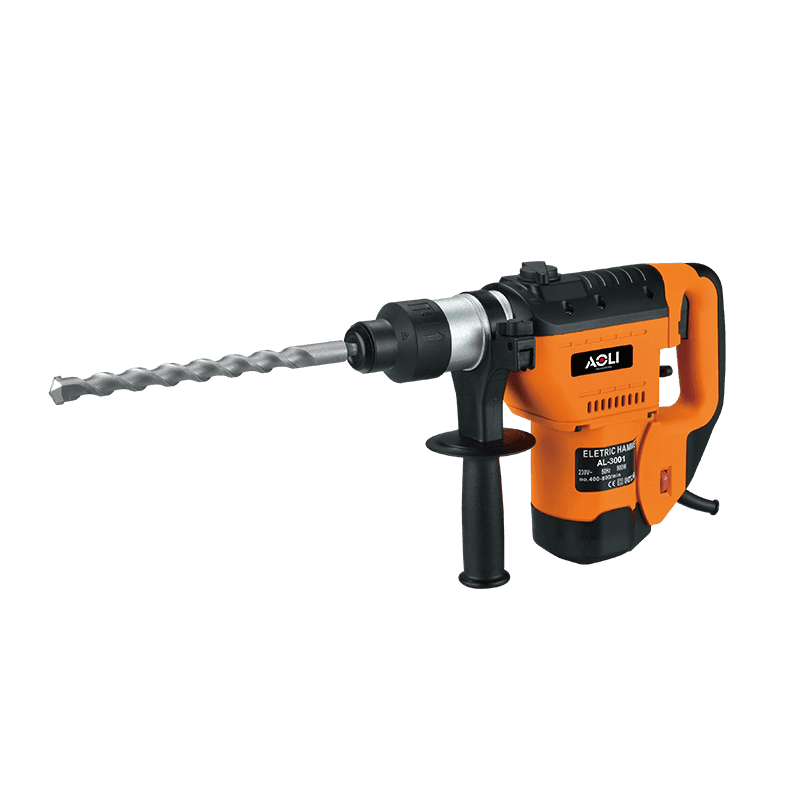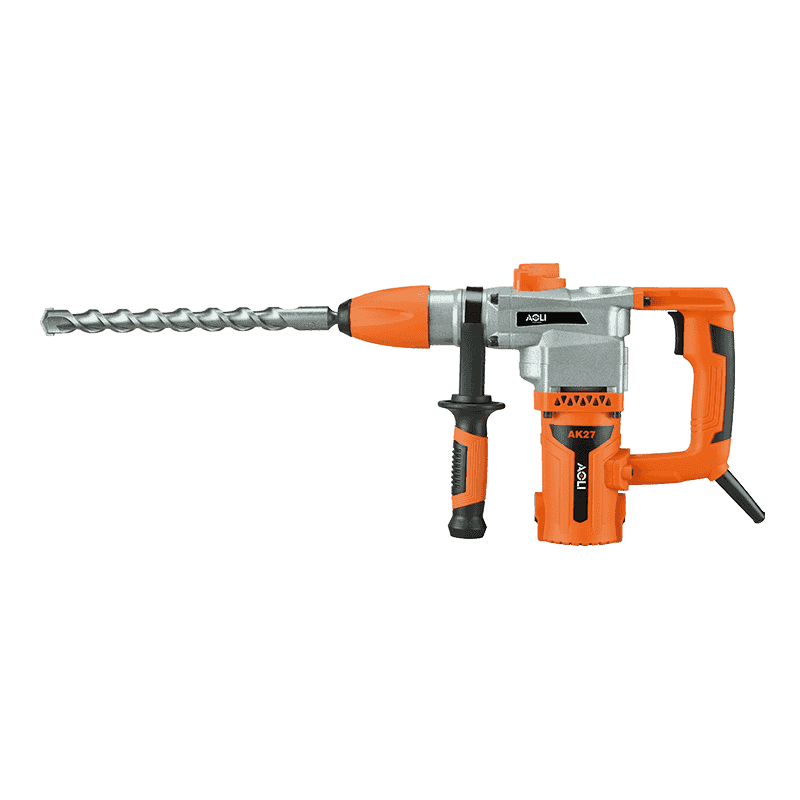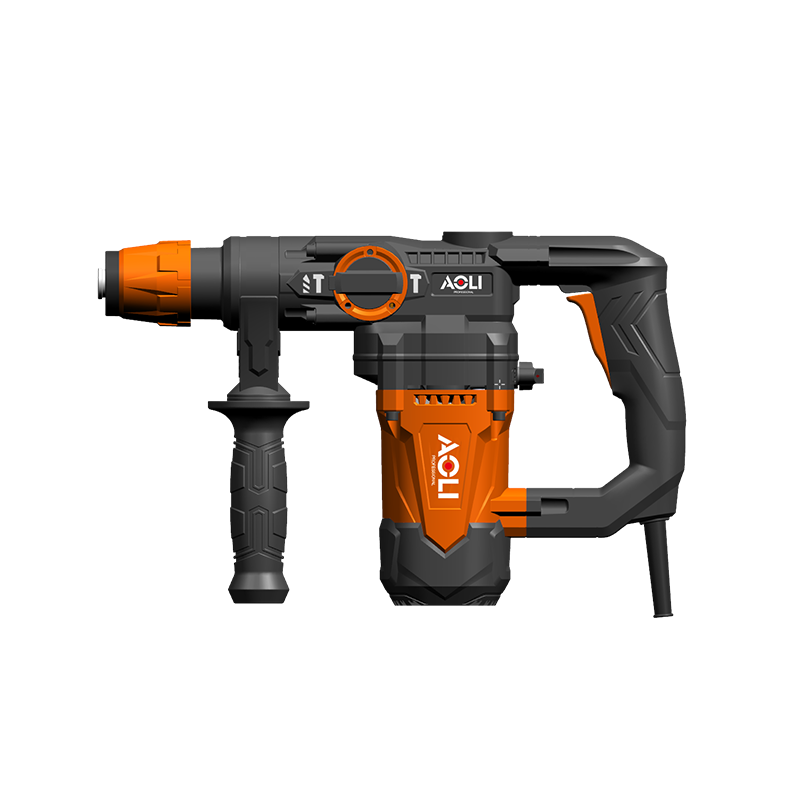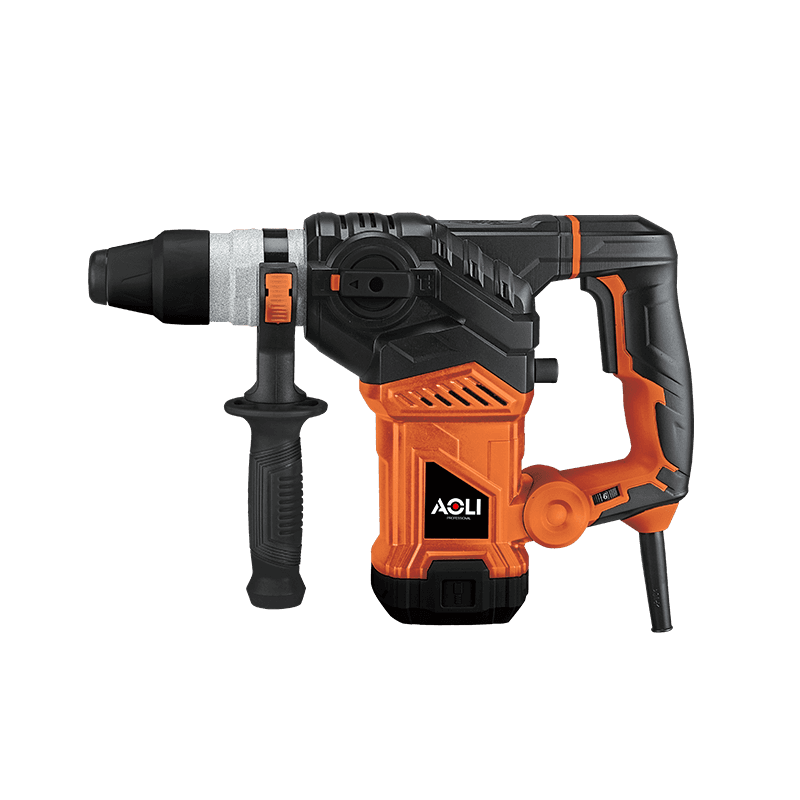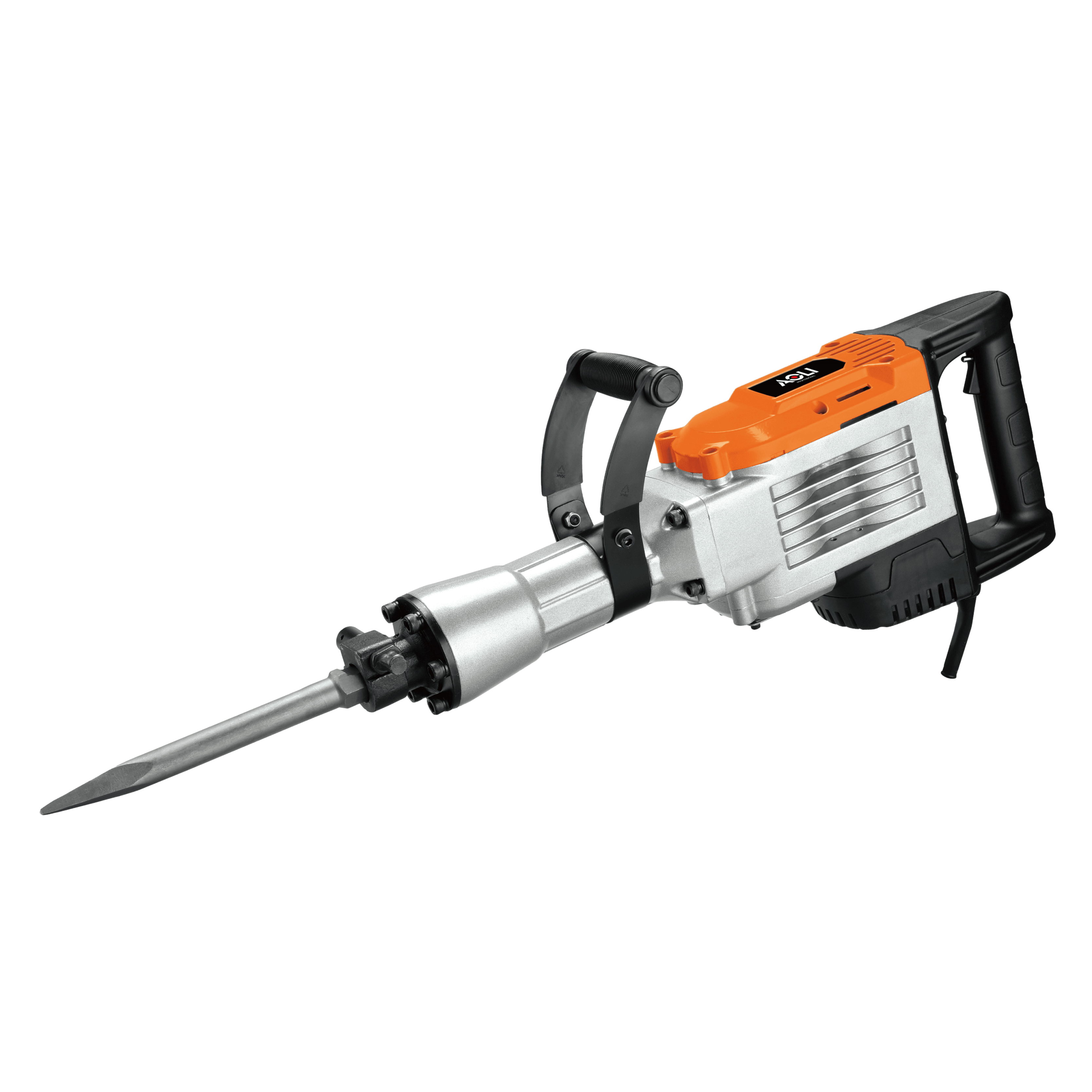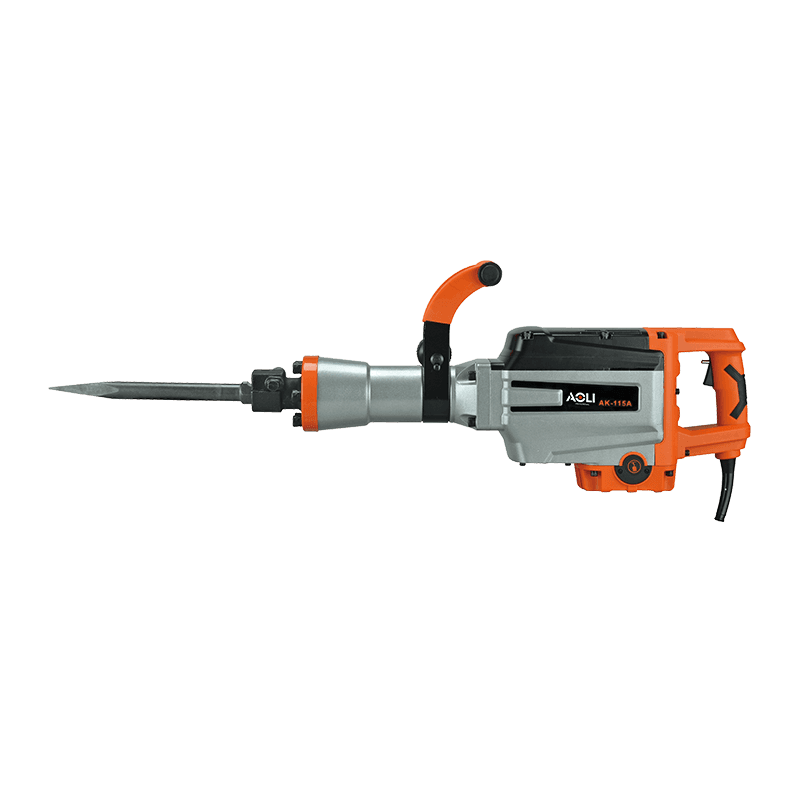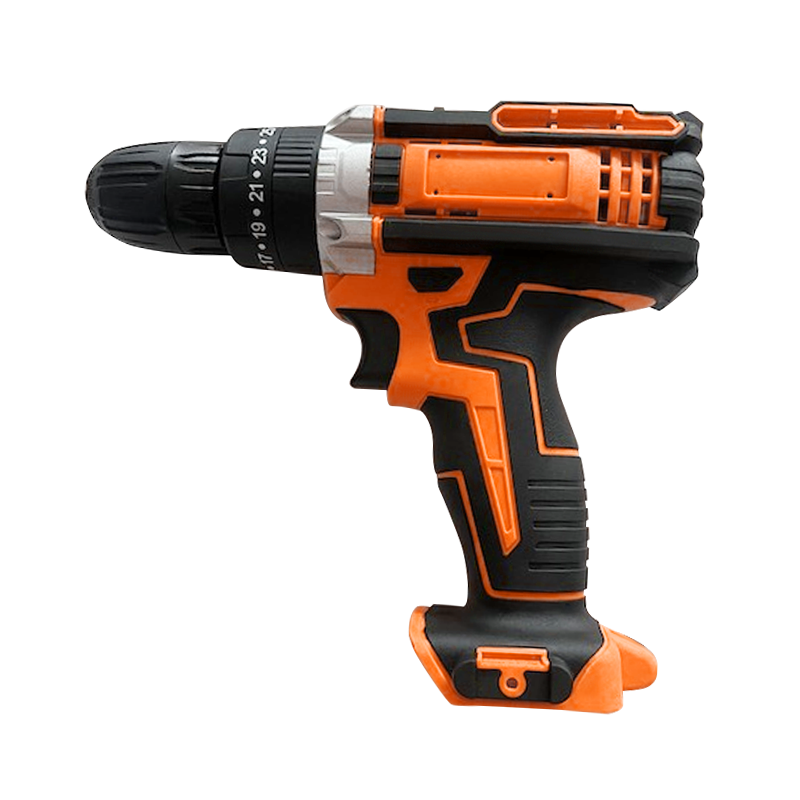When using a variable speed rotary hammer for drilling tasks, encountering jamming or sticking during operation can be frustrating and hinder progress. Understanding the underlying reasons behind this issue is crucial for troubleshooting and ensuring smooth drilling operations.
1. Inadequate Lubrication: Insufficient lubrication of the drilling bit and the drilling area can lead to increased friction and heat buildup, causing the rotary hammer to jam. Proper lubrication is essential to reduce friction and facilitate smoother drilling operations.
2. Material Hardness: When drilling into exceptionally hard materials such as concrete or masonry, the rotary hammer may encounter resistance, leading to jamming. Using a functional rotary hammer drill with variable speed settings can help adjust the drilling speed to match the hardness of the material, reducing the likelihood of jamming.
3. Incorrect Drill Bit Selection: Using the wrong type or size of drill bit for the intended material can result in jamming. It's essential to choose a drill bit that is suitable for the specific material being drilled and compatible with the rotary hammer being used. A functional rotary hammer drill offers versatility in drill bit selection, allowing users to choose the most appropriate option for the task at hand.
4. Drill Bit Dullness: Worn or dull drill bits can cause the rotary hammer to jam as they struggle to penetrate the material effectively. Regularly inspecting and replacing dull drill bits is essential for maintaining optimal drilling performance and preventing jamming.
5. Excessive Force: Applying excessive force or pressure while drilling can overload the rotary hammer's motor and cause it to jam. It's important to allow the rotary hammer to do the work by applying steady and consistent pressure without forcing the tool beyond its capabilities.
6. Overheating: Prolonged use of the rotary hammer without adequate cooling breaks can lead to overheating, causing the tool to jam. Using a functional rotary hammer drill with variable speed settings allows users to adjust the drilling speed to minimize heat buildup and prevent jamming.
7. Debris Buildup: Accumulation of debris, dust, or fragments in the drilling area can obstruct the drill bit and cause jamming. Regularly clearing away debris and using proper dust extraction equipment can help prevent jamming and ensure uninterrupted drilling operations.
8. Faulty Gear Mechanism: In some cases, jamming may be caused by a malfunction or damage to the gear mechanism of the rotary hammer. Regular inspection and maintenance of the tool's internal components can help identify and address any issues before they escalate.
9. Improper Technique: Incorrect drilling techniques, such as using excessive angle or inadequate support, can contribute to jamming. Proper training and adherence to recommended drilling practices can help minimize the risk of jamming and optimize drilling efficiency.
10. Tool Wear and Tear: Wear and tear on the rotary hammer's components over time can affect its performance and increase the likelihood of jamming. Regular maintenance, including lubrication, cleaning, and component inspection, is essential for preserving the tool's functionality and preventing jamming.
Encountering jamming while drilling with a rotary hammer can be attributed to various factors, including inadequate lubrication, material hardness, incorrect drill bit selection, and excessive force. By using a functional rotary hammer drill with variable speed settings and implementing proper drilling techniques and maintenance practices, users can minimize the risk of jamming and ensure smooth and efficient drilling operations.

 English
English Español
Español русский
русский
